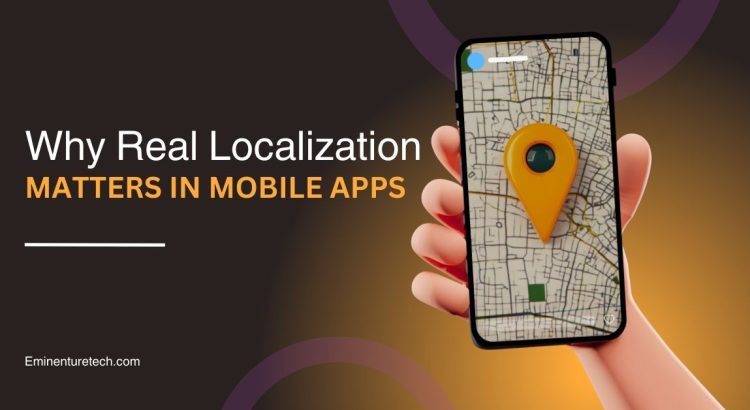Today, with around 7 billion mobile app users worldwide, mobile app localization has become crucial. Having an app that works only in one language or region feels like having a local store where no one understands the customers. The result? Poor sales and conversions.
Read MoreServices We Provide
Eminenture Technologies comes with services that are actually the right fit for your business and are capable of making a difference in your operations in real time. We offer on-request or tailor-made technology solutions together with package-based offerings in a wide range.
Packages
Discover the most cost-effective and all trending services for your online business or products. Our all offerings are available at a competitive price that can let you afford them easily. For customized services, we are here to talk and discuss pricing corresponding to selected technology solutions.
SEO Packages
Maximize the benefits of tailored SEO packages for quick leads and visibility.
Discover Now
Web Hosting Packages
Choose the right fit web hosting packages for a secure & leveraging website.
Discover Now
PPC Packages
Access really cost-effective packages for end-to-end tailored PPC campaigns.
Discover Now
Website Design Packages
Have completely personalized web design packages for your own presence.
Discover Now
Company
We’re technology-based strategists and solutions providing next-level IT/BPM company. With the highly professional 200+ domain experts, we define a smooth digital journey where online presence, digital promotions, creatives, and transformation attract limitless opportunities in no time.
Contact Us
Get in touch with technologically strong experts at Eminenture Technologies.


